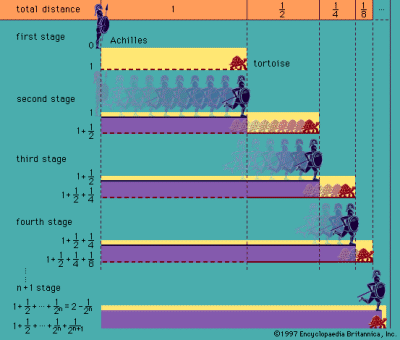Modular arithmetic was one of the greatest contributions to mathematics was made by Carl Friedrich Gauss. Gauss was the son of an accountant. Legend has it that by three years old Gauss was pointing out mistakes of his father, and by five, he was managing the accounts. At age seven, Gauss was instructed to add the numbers 1 through 100 as a punishment. He did this by pairing the numbers whose sum was 100 (100 and 0, 99 and 1, 98 and 2, etc.) and multiplied by the number of pairs. Gauss’ method of taking a large amount if number and grouping them into equivalent groups was just the start of modular arithmetic.
Later, Leonard Euler further developed Gauss’ research by coming up with congruence classes. Specifically, he came introduced the following:
X = A (mod N)
where X-A is congruent to N*B where B is some integer. For example, in modulo 4, 11 is congruent to 3 because they both have a residual of 3 (3/4 is 0 remainder 3 and 11/4 is 3 remainder 3). Another way of stating this is 11 is congruent to 3 because they both have the same remainders.
Furthermore, Euler developed addition and multiplication for these groups. He showed that two numbers must be multiplied for example, and then that product should be converted to the right congruence class. For example, let’s multiply 3 and 2 in mod 4.
3×2=6
? = 6 (mod 4)
6 / 4 = 1, remainder 2
2 = 6 (mod 4)
He showed that any two components that were multiplied from different groups should produce the same result every time. Here is another example to model this concept. As stated above, we know that 11 and 3 are equivalent in modulo 4. We also know that 6 is equivalent to 2 in modulo 4 from our previous results. So if we multiply 11 and 6 and we multiply 3 and 2, we should come up with the same results.
11 x 6 = 66
? = 66 (mod 4)
66 / 4 = 16 remainder 2, so
2= 66 (mod 4)
AND
3 x 2 = 6
? = 6 (mod 4)
6 / 4 = 1 remainder 2, so
2 = 6 (mod 4).
Thus, 11 x 6 and 2 x 3 are congruent in modulo 4.
These discoveries were used by many mathematicians and are applicable to a wide variety of mathematical areas such as Cauchy sequences, topology, addition and multiplying large numbers, and much more.
Let’s look at some examples in topology:
In her book, How to Bake Pi, by Eugenia Cheng, she states that a donut is topographically equivalent to a coffee mug. You might ask, in what sense or in what congruence class? The donut is congruent to a coffee mug in the sense that they both have one hole. The coffee mug may seem to have two holes (one as the handle and one where the coffee goes) but the place where the coffee goes is not actually a hole. It is a depression. This process is referred to as a homeomorphic.
Consider a second example of congruent classes in topology which are homotopic (this means we can take something and shrink it). For example O is congruent to Q because we can take the little tale and shrink it to look like the O. If we take all of the alphabet, we can break it up into three congruence classes: letters with no holes, letters with one hole, and letters with two holes.
Group 1 [ No Holes]: C, E, F, G, H, I, J, K, L, M, N, S, T, U, V, W, X, Y, Z
Group 2 [ 1 Hole]: A, D, O, P, Q, R
Group 3 [ 2 Holes]: B
In conclusion, the discovery of congruence classes and modular arithmetic is very important in mathematics because it allows us to larger group of numbers or items which behave the same and put them into one group and perform operations on these groups such as multiplication and subtraction. We can generalize and make more discoveries with less work in topology, algebra, space, and much more.











